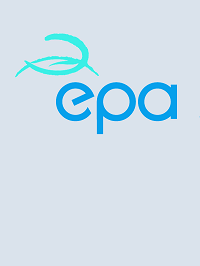An Improved Understanding Of Phosphorus Fate And Transport Within Groundwater And The Significance For Associated Receptors
Executive Summary (SNIFFER Report - 2008: PROJECT REF: WFD85) - Holman, I. Howden, N. Whelan, M.
Summary: The purpose of this study was to develop an improved understanding of the origin (natural and anthropogenic), fate and transport of phosphorus as it moves through the soil, unsaturated zone, saturated zone and hyporheic zone to discharge in rivers, lakes or wetlands.

The United Kingdom Technical Advisory Group Groundwater Task Team have identified limitations in knowledge relating to understanding the origin (natural and anthropogenic), fate and transport of phosphorus within the sub-surface and in groundwater, with particular regard to the potential impact on dependent surface waters and terrestrial ecosystems. The purpose of this study was to develop an improved understanding of the origin (natural and anthropogenic), fate and transport of phosphorus as it moves through the soil, unsaturated zone and saturated zone to discharge in rivers, lakes or wetlands.The rationale for this study was, therefore, to synthesise current understanding of the spatial and temporal distribution of P concentrations in groundwater and the origin (natural and anthropogenic), fate and transport of phosphorus as it moves through the soil, unsaturated zone, saturated zone and hyporheic zone to discharge in rivers, lakes or wetlands. The project aims to answer a number of key questions:
- Are observed phosphorus concentrations in groundwater a cause for concern in the context of achieving Good Ecological Status?
- Is there evidence that observed phosphorus concentrations in groundwater are elevated above concentrations which would be expected to occur naturally?
- Where groundwater P concentrations are elevated, is there sufficient certainty in our understanding to justify measures?
- What further research or monitoring are likely to be appropriate to develop the necessary understanding for delivery of WFD objectives?